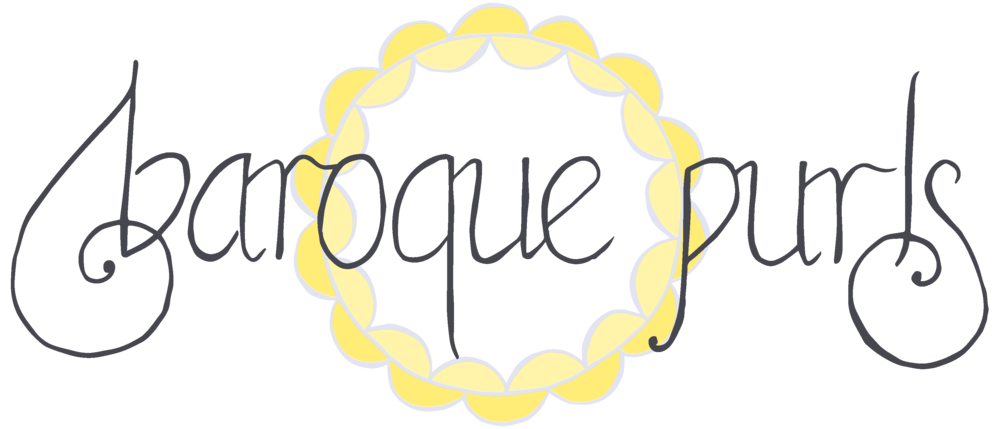I tried a new thing: dyeing wool using bits of eucalyptus tree. I was prompted to try it by reading that eucalyptus is one of the few natural dyes that don't need a mordant (i.e. an additional chemical) to 'fix' the colour. These no-mordant dyes are called 'substantive' dyes - others include lichen and black tea, both of which I've tried in the past. Also, I read that different varieties of eucalyptus can give different colours. I was hoping for a
rich orange, but obviously the tree I selected had other ideas... :p
I didn't need to go far to find my materials, as there's a little huddle of eucalyptus trees across the road from our place, by the train tracks.
Willie and I collected a couple of smallish branches which had blown down in a storm, and I stripped off the leaves and some of the bark.
 |
| The trees, with bonus shopping trolley |
 |
| Hello branches, I have plans for youuu... |
 |
| A closer look |
 |
| Flowering tops; twigs and bark; leaves |
I based my dyeing method on
these instructions. It's kind of a long process, but worth it for an experiment! And simmering eucalyptus leaves smells really nice - it cleared my sinuses pretty well too (much appreciated after putting up with the Flu That Wouldn't Die).
I used 150g leaves/etc for each 50g skein of yarn (which was undyed
Vintage Purls Lace). Equal weights of dyestuff to yarn is usually recommended, but I was going for intense colours (hah). I soaked the plant-parts in water overnight, and then brought them to a low simmer before leaving them to steep again for 24 hours.
I decided to try just the pot with the leaves and the one with the flowering tops first, before committing more of my undyed yarn to the experiment. I brought both pots to a low simmer for an hour, and then added a warm, presoaked skein of yarn to each pot. I was extra gentle with the yarn, because it's not superwash and could felt with too much heat and friction. I simmered the yarn-and-eucalyptus soup for another hour, and let the pots cool overnight.
I removed the yarn, picked out the random bits of plant, and let them dry before giving them a rinse and drying again (apparently you can retain more colour that way).
Did I have orange? No, I did not. I had a pleasant-nonetheless warm golden fawn colour. Both skeins looked similar, although the one from the leaves-only pot was less warm-toned. I re-dyed that one darker, using some extra leaves and bark that we collected from a park.
 |
| After, and before |
I think they look nice together, so I'm going to come up with a two-colour project for them. Something crocheted, perhaps. :)






























